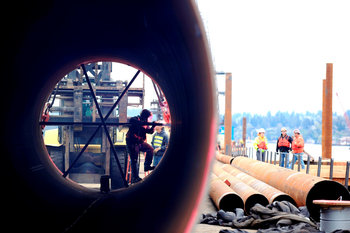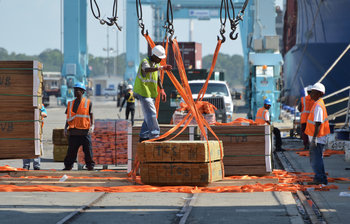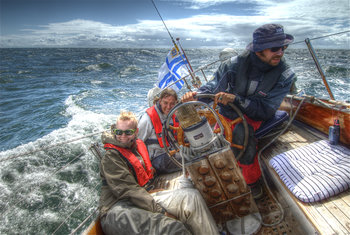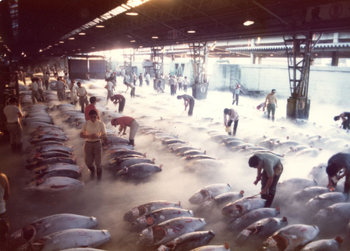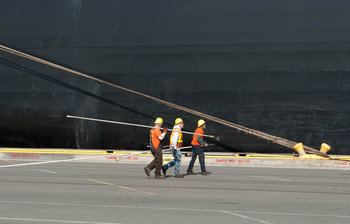
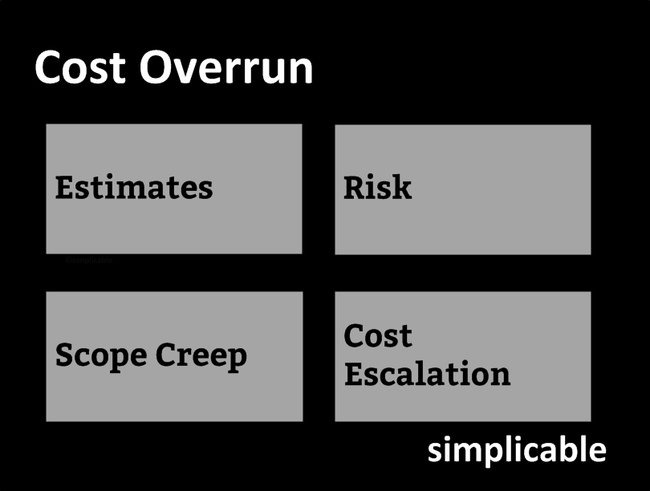
Estimates
Cost estimates that are too low due to factors such as optimism bias or a poor understanding of the complexity of tasks. Techniques such as reference class forecasting may be used to improve the accuracy of estimates. As future forecasts, the best of estimates can turn out to be inaccurate. As such, it is common to include cost contingency in a budget.Risk
Risks are potential conditions that cause losses. For example, unusually bad weather can cause delays to a construction project. Risk can also include factors such as the performance of a vendor. Risk management, the process of identifying and treating risk helps to prevent cost overrun. The potential costs of risks can also be considered in cost contingency.Scope Creep
Scope creep occurs when a project does more work than is captured by its budget and schedule. This can happen when business units think of features as the project evolves. Alternatively, it can occur when teams get creative and start adding undocumented features. Project management processes and controls are typically designed to prevent scope creep by reassessing budget and schedule with each change to scope.Cost Escalation
Cost escalation is an increase in the price of a particular item that occurs over time. For example, the price of materials such as steel can rapidly rise and fall over a short period of time.| Overview: Cost Overrun | ||
Type | ||
Definition | Actual costs that exceed budgeted costs. | |
Related Concepts | ||





